Is there anything more satisfying than the taste of a sun-warmed strawberry, picked fresh from your own garden? I think not!
These sweet juicy rubies are the embodiment of summer and a testament to the fruits (pun intended) of our labor. Each year, Kevy and I spend some quality time on our hands and knees planting strawberries in the food forests. I think that we've now hit 300 strawberry crowns planted in the last 2 years!
Strawberries fit in in almost every garden, whether you're in the cool climes of USDA zone 3 (like us!) or soaking up the sun in zone 9, these perennials are happy to put down roots and reward you with their tasty bounty year after year.
But what if I told you there's a way to make your strawberry plants even happier and more productive? It's all about keeping good company. Strawberries have garden buddies with whom they thrive best!
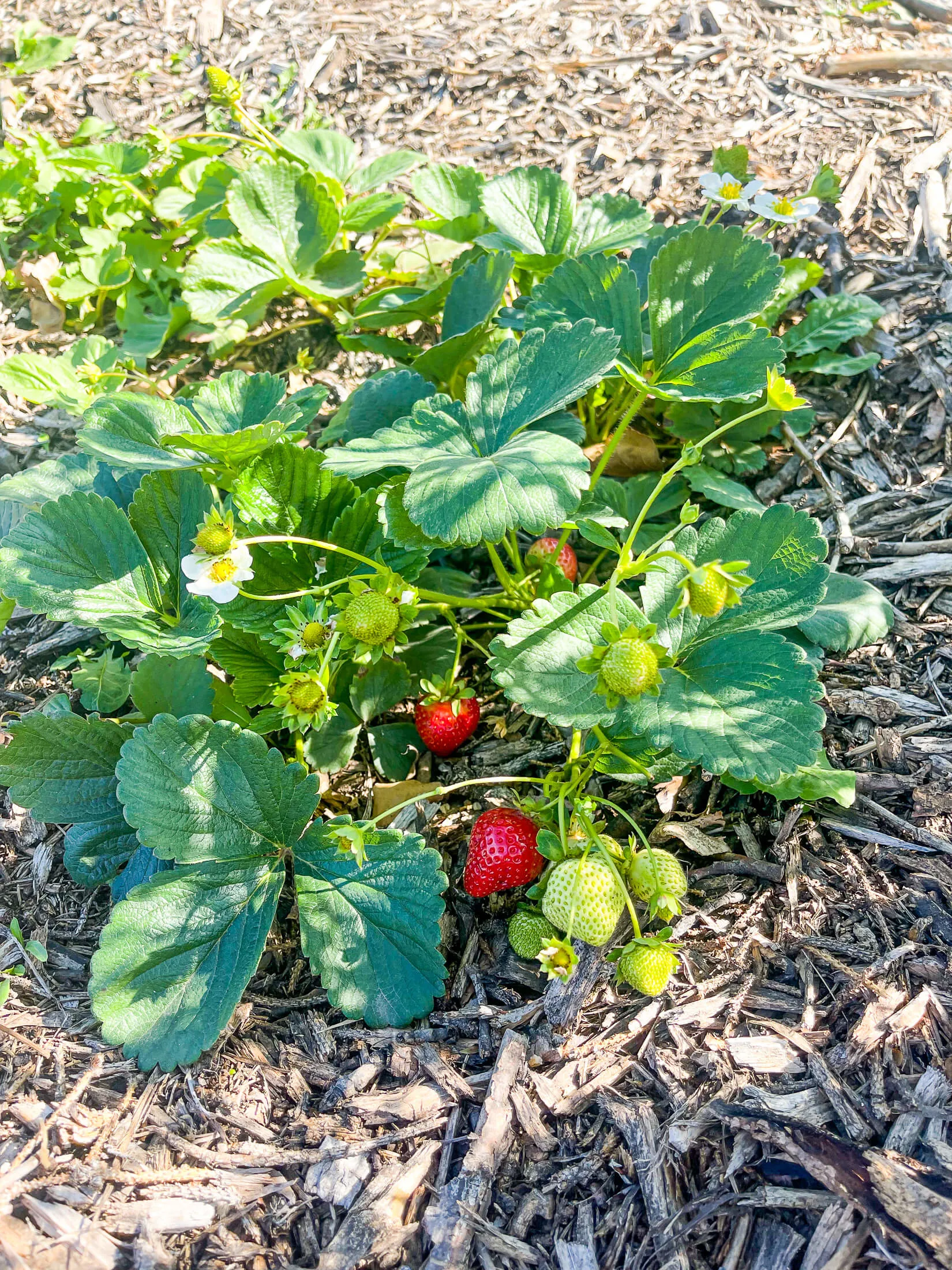
As an Amazon Associate I earn from qualifying purchases.
Jump to:
What Is Companion Planting?
Companion planting is the practice of planting two or more plants together for mutual benefit. This clever little gardening trick isn't just for strawberries. It can work wonders for all sorts of crops, helping to increase your garden's resiliency.
Companion planting is a lot like forest gardening but on a smaller scale. In fact, we actually use strawberries extensively in our food forests as edible ground cover!
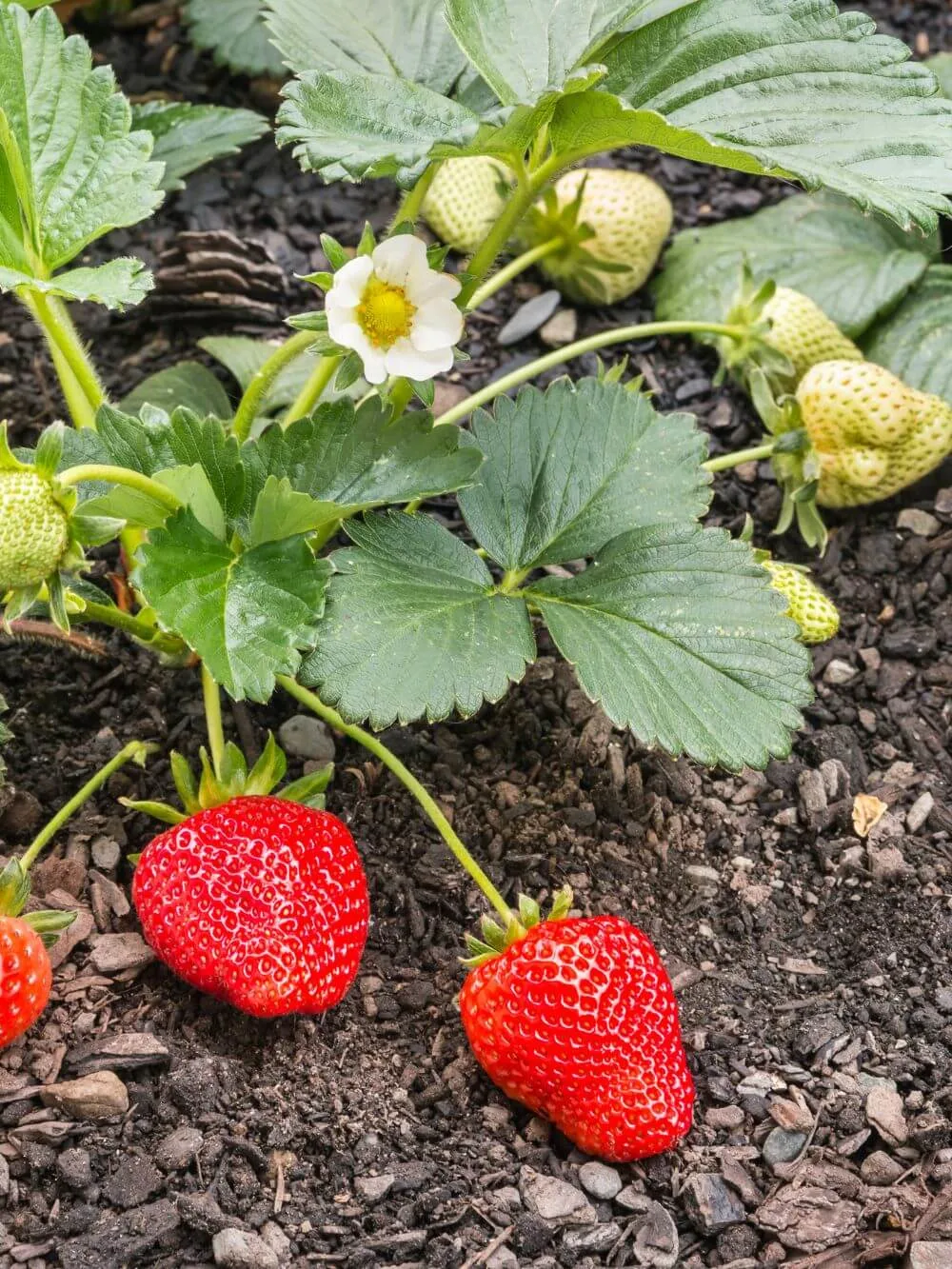
What Are The Benefits?
The best part about companion planting is that it's like having a secret weapon against pests and diseases - and we don't need any nasty chemicals for it. It's all about picking the right plant buddies that help each other grow stronger and sometimes, even tastier.
Proper plant neighbors can help improve the growth and health of each other, while also repelling garden pests or attracting beneficial insects, like predatory wasps or pollinators. By placing the right companion plants alongside your strawberries, you can improve the overall health and productivity of your berry plants!
Not all companion plants show their work - thankfully the garden isn't like math class. Instead, they provide "invisible" benefits. They're busy down there helping to keep our soil healthy by fixing nitrogen and cycling nutrients, so while you cannot see the work they're doing, you can tell by the health of your soil.
Put all these perks together, and you've got yourself the perfect recipe for happy, thriving strawberry plants. And you know what that means – a super productive strawberry patch!
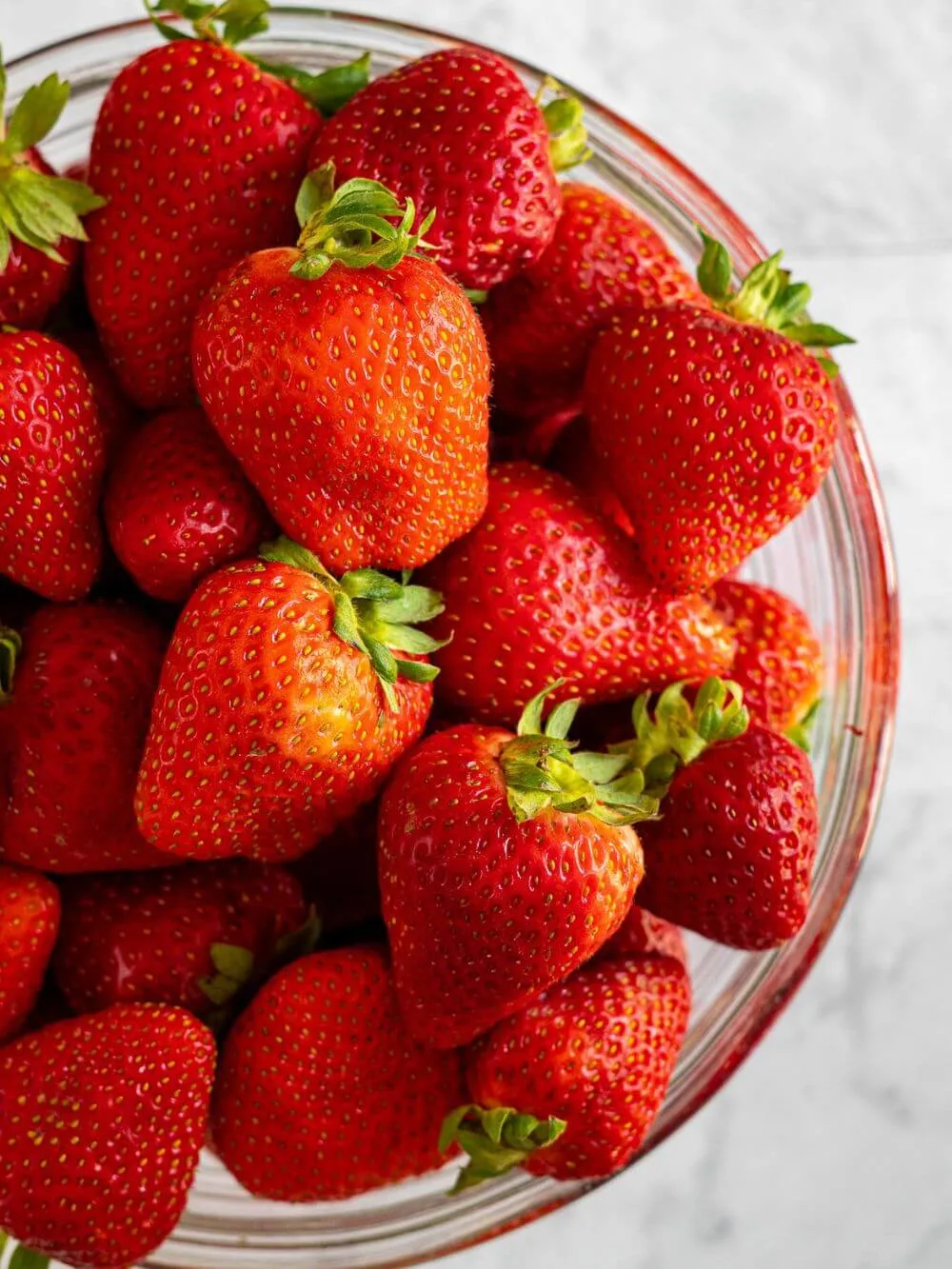
Best Strawberry Companion Plants
Alliums:
Members of the allium family are excellent protectors of the rose family. Yup, strawberries are part of the rose family! Alliums have strong scents that deter pests or mask the scent of your juicy berries.
Choosing a companion allium for your strawberry takes a little thinking ahead!
If you're looking for a low maintenance perennial, chives might be the option for you. Plus you can make chive blossom vinegar out of those lovely flowers. I have chives planted in a few strawberry beds!
If you're looking for a storage vegetable, consider garlic or onion. These plants occupy a different growing zone than your berries, though it's worth noting that garlic and onions require digging to plant and harvest, so to protect the roots of your strawberries, they should be planted where that won't impact the strawberry plants. An onion or garlic border near your strawberries is a great way to maximize this benefit and minimize impacts.
Yet another option is flowering onions, I have these perennial ornamental alliums in almost all of my perennial beds. They add beauty, occupy a different growing zone, attract tons of beneficial insects to the flowers, and require very little maintenance!
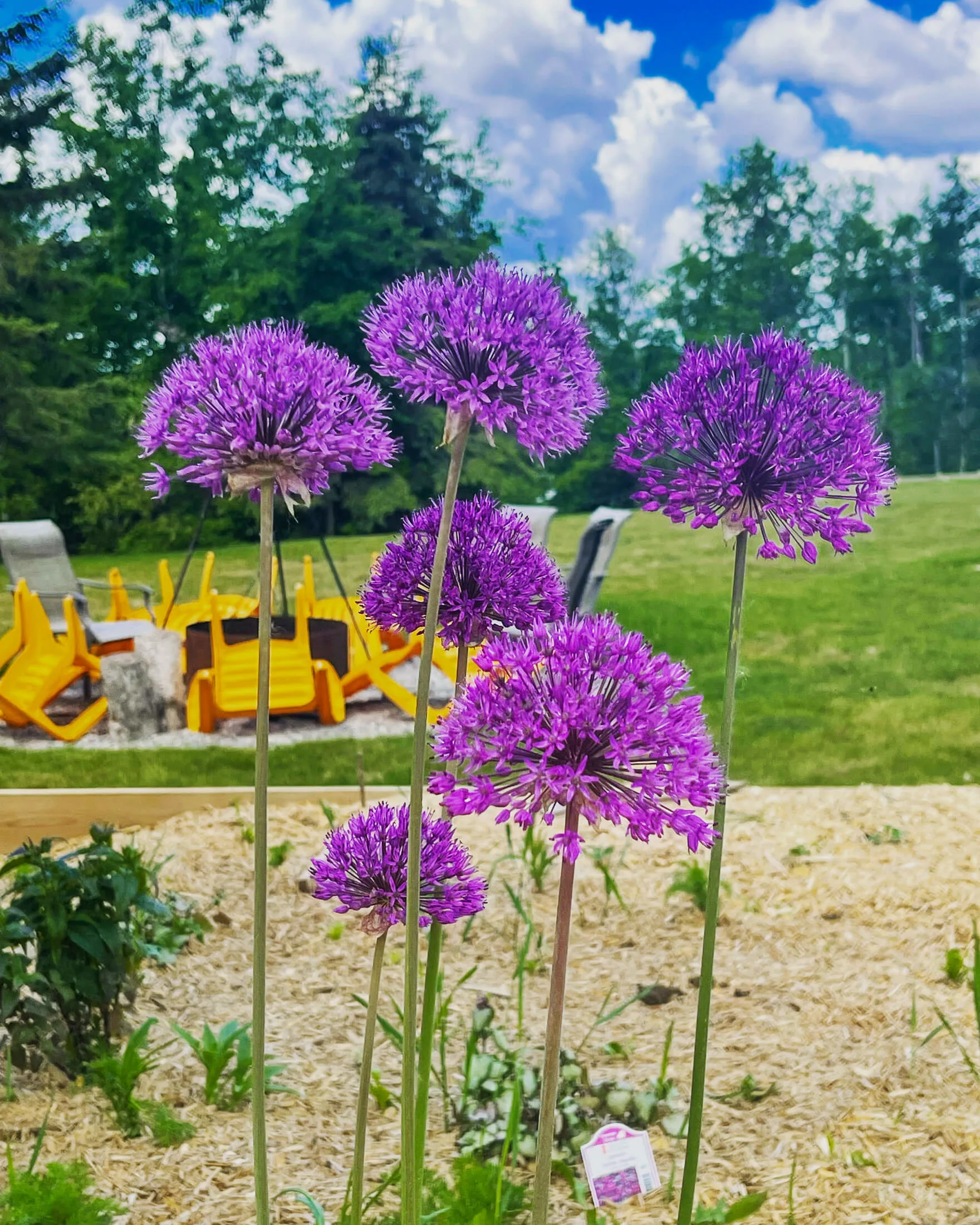
Asparagus:
Both of these plants are perennial food bearing crops, making them solid companions.
Asparagus harvest occurs in the early spring and afterward, the crop is left to fallow to restore nutrients into the crown and roots for next year's harvest, while strawberries take a little longer to get going and can produce for much longer, depending on the variety.
Although the roots of each plant occupy different zones in the soil, it is worth noting that asparagus spears can get pretty tall when left to fallow, so it's best to plant them in alternating rows to your strawberries, or towards the north of your berries so they don't shade them out.
We have strawberries interplanted with asparagus in the apple food forest, and it's working beautifully.
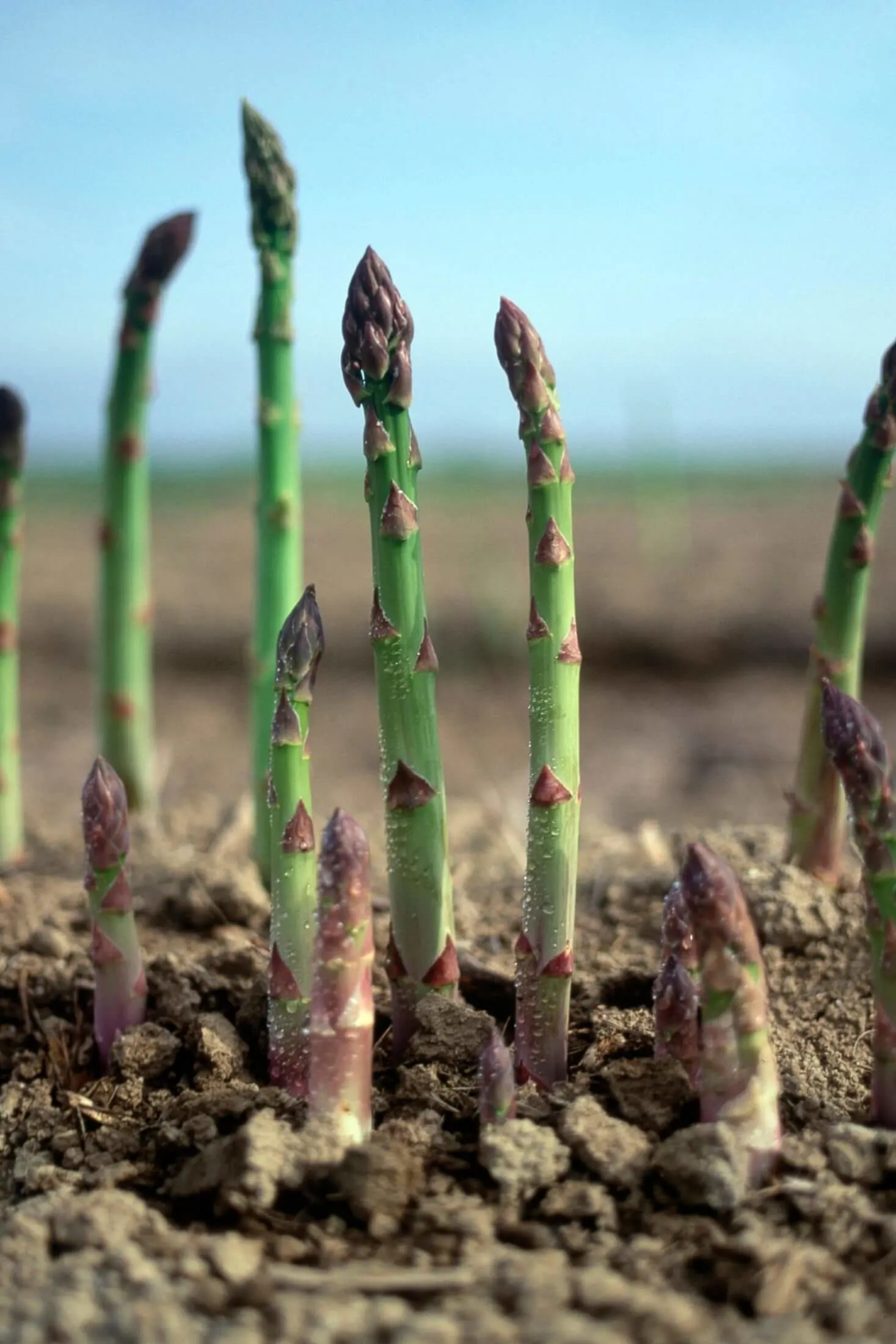
Beans + Peas:
Legumes like beans and peas have a super power. They form beneficial relationships with bacteria in the soil that allows them to convert atmospheric nitrogen into a plant available format. Using legumes can help inject nitrogen fertilizer into your soil for free!
Choose bush beans or peas when planting near your berries, as they will be self supporting, requiring no trellising, and be less likely to shade out your berry plants.
I planted bush peas all around my food forests last year to help inject some extra nitrogen into the soil and not only was it easy, but it was an edible nitrogen fixing crop which is a total bonus.

Blueberries:
Blueberry bushes and strawberries thrive in similar soils, although pH matters more to the blueberries. Both plants prefer moist, well drained soil.
The strawberries create a living ground cover protecting the soil from moisture evaporation while also suppressing weeds.
We have blueberries in our food forests mixed in with our strawberry plants and although they tend to be a bit slow growing in our cool climate, they put out berries for us each year. It's nice to go to one place to pick a few kinds of berries!
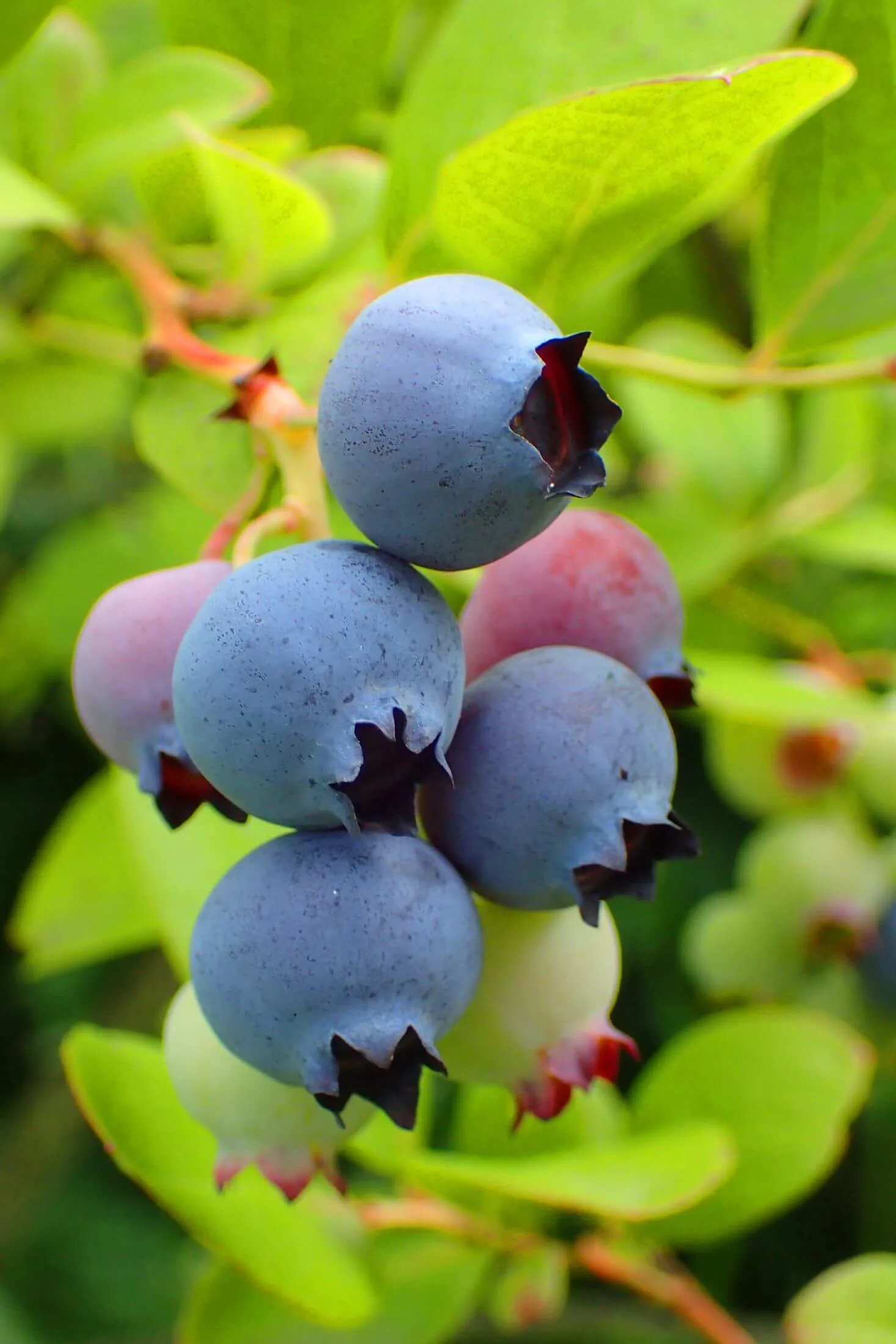
Chrysanthemum:
These pretty flowers were historically known as pyrethrum, before being reclassified botanically as chrysanthemum. You might recognize the name pyrethrum, as it is an insecticide made from ground up chrysanthemum flowers.
Live chryanthemum plants contain the pyrethroids within their tissues and as a result, insects tend to avoid them, which can reduce pest pressure in your strawberry beds.

Marigolds:
No companion planting list would be complete without marigolds. These sunny flowers are the best neighbors for almost every plant in your garden. Not only do they help repel pests with their strong scent, but also help attract beneficial insects to the garden.
They also do work you can't see, by helping to repel root nematodes, which are small microorganisms that feed on your plants' roots reducing their efficacy when it comes to absorbing moisture and nutrients.

Rhubarb:
I love the idea that foods that taste good together grow well together, and although it doesn't always apply, it certainly does for rhubarb and strawberries. Hello collecting ingredients for a pie all in one place!
These plants make quality companions because they tend to ripen together, making them candidates for harvesting together and eating together.
Both rhubarb and strawberries are perennials, but they occupy different growing space. Strawberries provide an edible ground cover, both protecting soil moisture and suppressing weeds. Rhubarb is definitely taller, so I keep my rhubarb to the north side of my strawberry patch in our largest food forest.
Psst. You can use your extra rhubarb to make rhubarb juice!

Rosemary:
Rosemary is an evergreen shrub in growing zones 8 and higher, but if you're in a cooler climate, have no fear, this herb can easily be grown as an annual and still give off companion planting benefits.
The strong scent of rosemary is said to help repel aphids, slugs, and snails from attacking your strawberry plants!
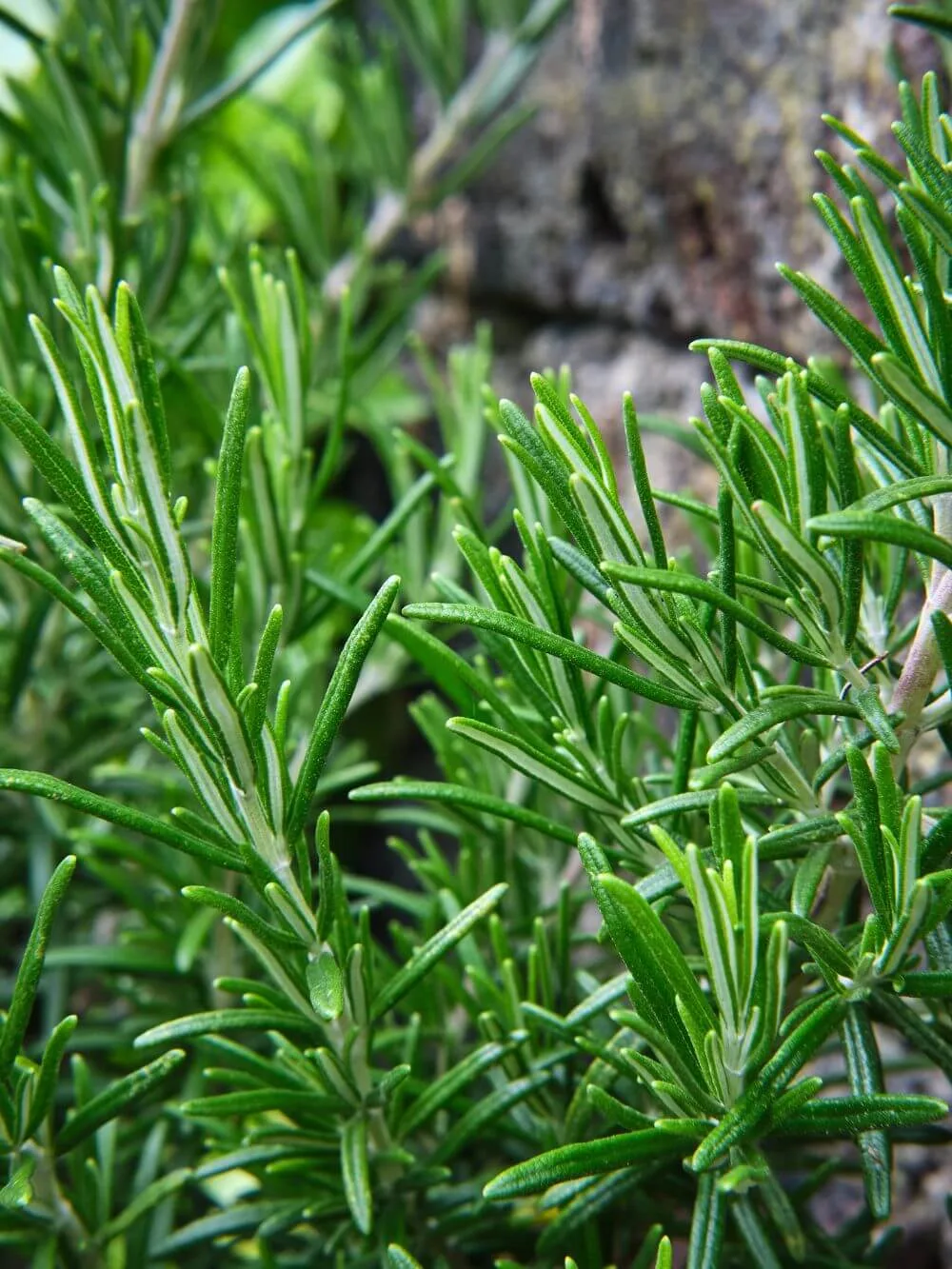
Sage:
This fragrant herb can make a great companion for strawberries, and if you're lucky to live where it's warmer than here in Northern Alberta, it can be perennialized in zones 5 and above.
Sage's strong fragrance can help to mask the scent of your strawberries from foraging animals like deer and rabbits. As an added bonus, sage is another herb that thrives in arid climates, so it won't object to your thirsty strawberries monopolizing the soil water!
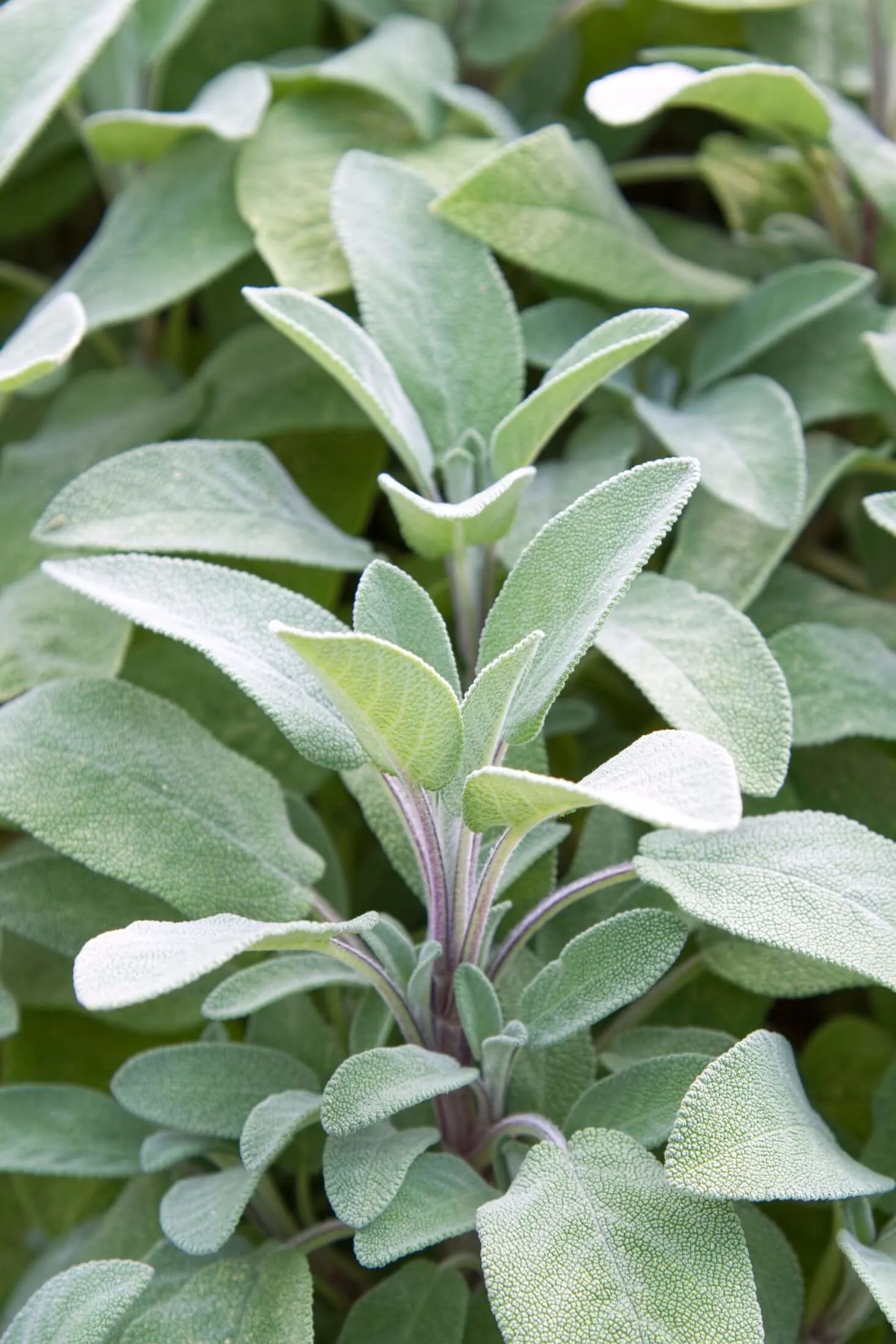
Spinach:
Spinach and strawberries are one of those companion planting pairs that work as well in the garden as on the plate.
Strawberry roots are lower down in the soil than spinach roots, so they don't tend to compete for moisture and nutrients. The sprawling growth habit of strawberry plants acts as a ground cover, capturing sunlight and turning it into food, while also protecting the soil from moisture evaporation and keeping it cool to slow spinach's bolting tendencies.
Another benefit to these two plants is that spinach is a cool season crop and is often harvested before strawberries really get going in the summer. This pairing is a great way to maximize yield from a fixed area.
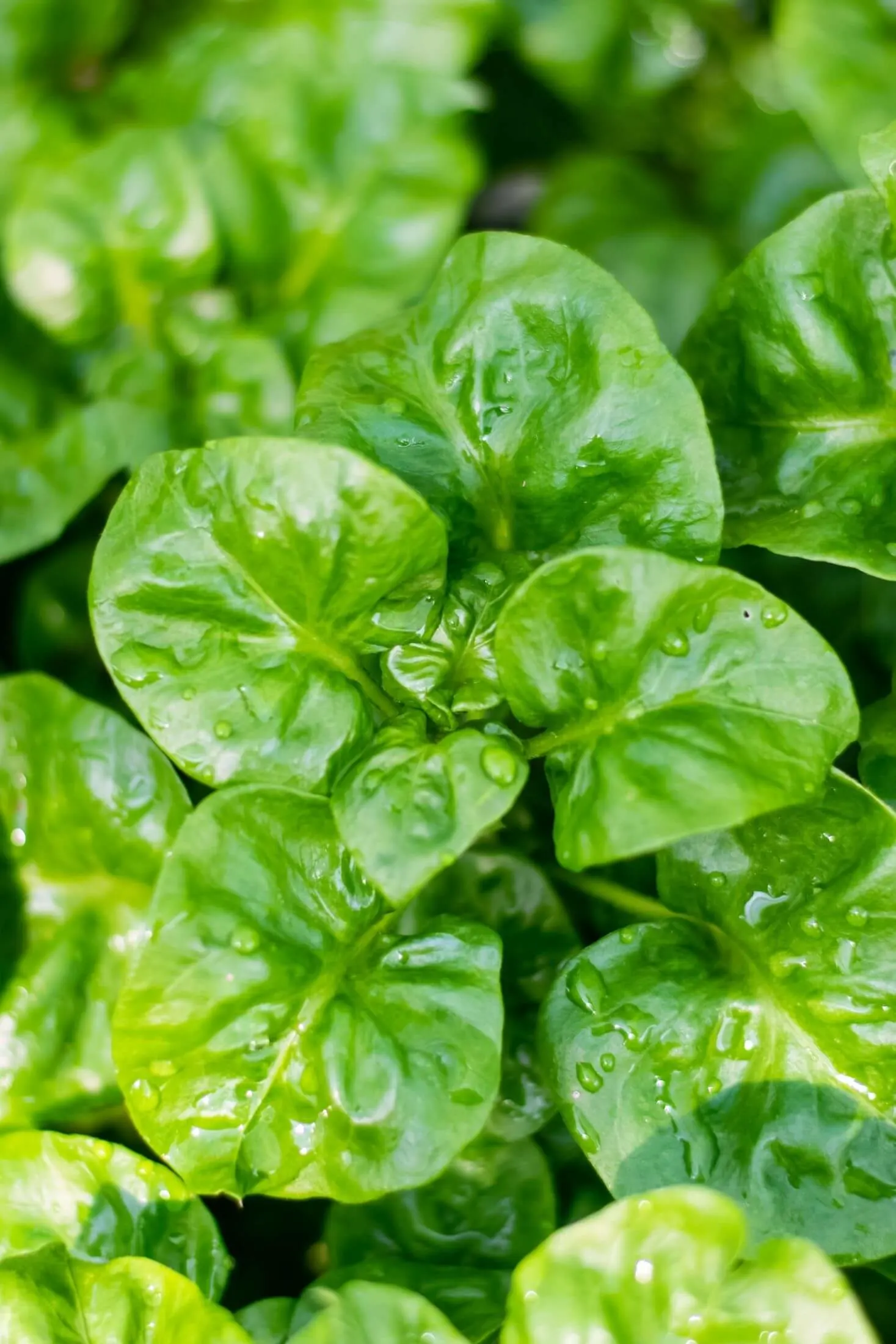
Worst Strawberry Companion Plants
Brassicas:
Strawberries are said to inhibit the growth of your brassicas, like cabbage and broccoli. I haven't directly tested this, but conventional wisdom is often something to be respected.
We love strawberries because they form an edible living mulch, protecting our soil, but that comes at a cost, they can (and ours definitely do) harbor slugs which is a pest you want to keep FAR away from your kale and cauliflower!
Another consideration is that brussels sprouts and other brassicas are heavy feeders and they can quickly deplete the soil of nutrients which can reduce the yield in your strawberry beds this season and in the future.
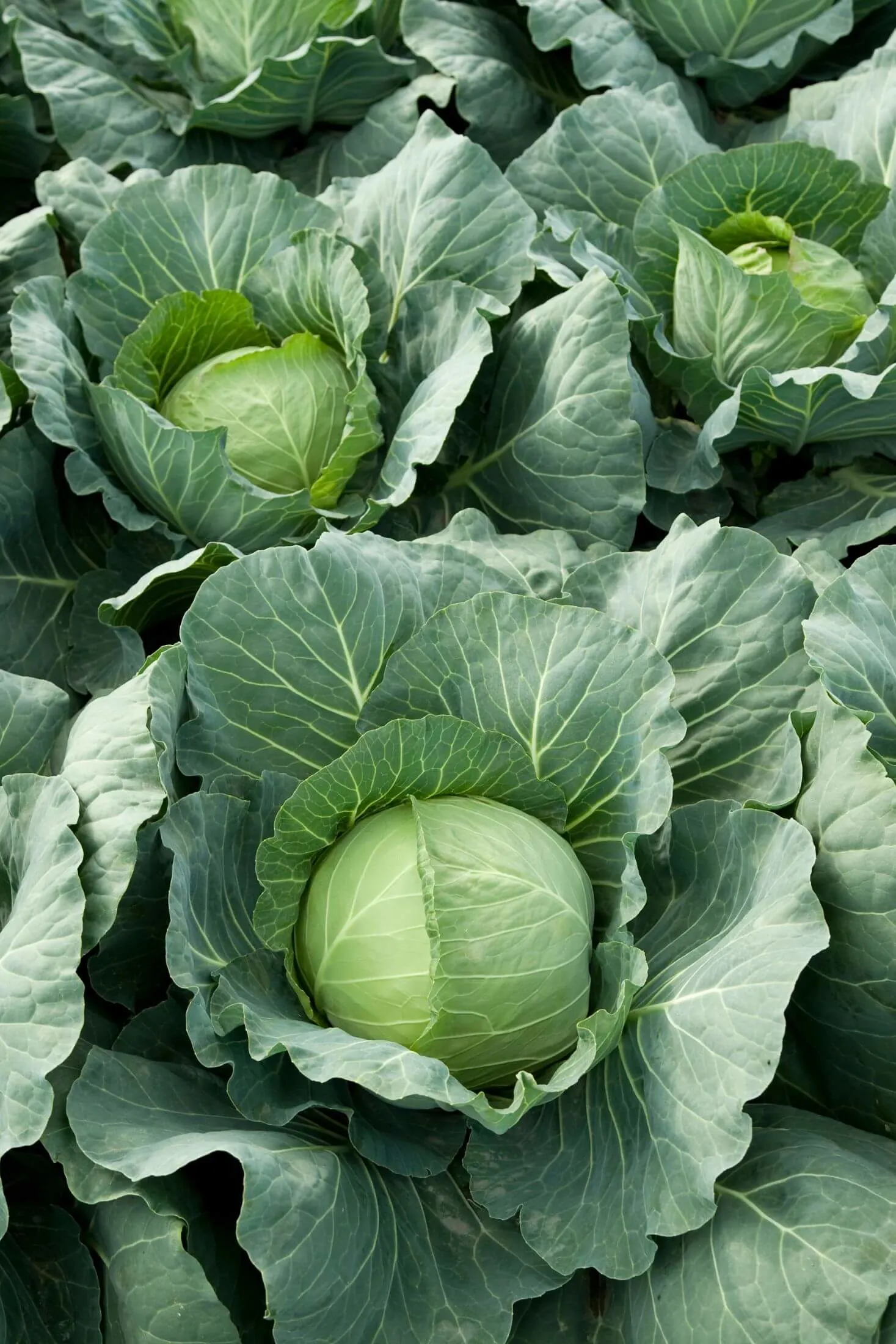
Mint:
Both mint and strawberries are susceptible to verticillium wilt, and whenever two plants are susceptible to the same disease, they should not be planted together.
Mint is also a perennial and a prolific spreader. If left unchecked, it can spread wildly and overtake, and even choke out your strawberry plants.
I learned that one the hard way. We have some pretty epic mint patches in the food forests right now and although they lead to equally epic mint harvests, I think I'll have to dig down and place a physical barrier around the plants to prevent the spread.
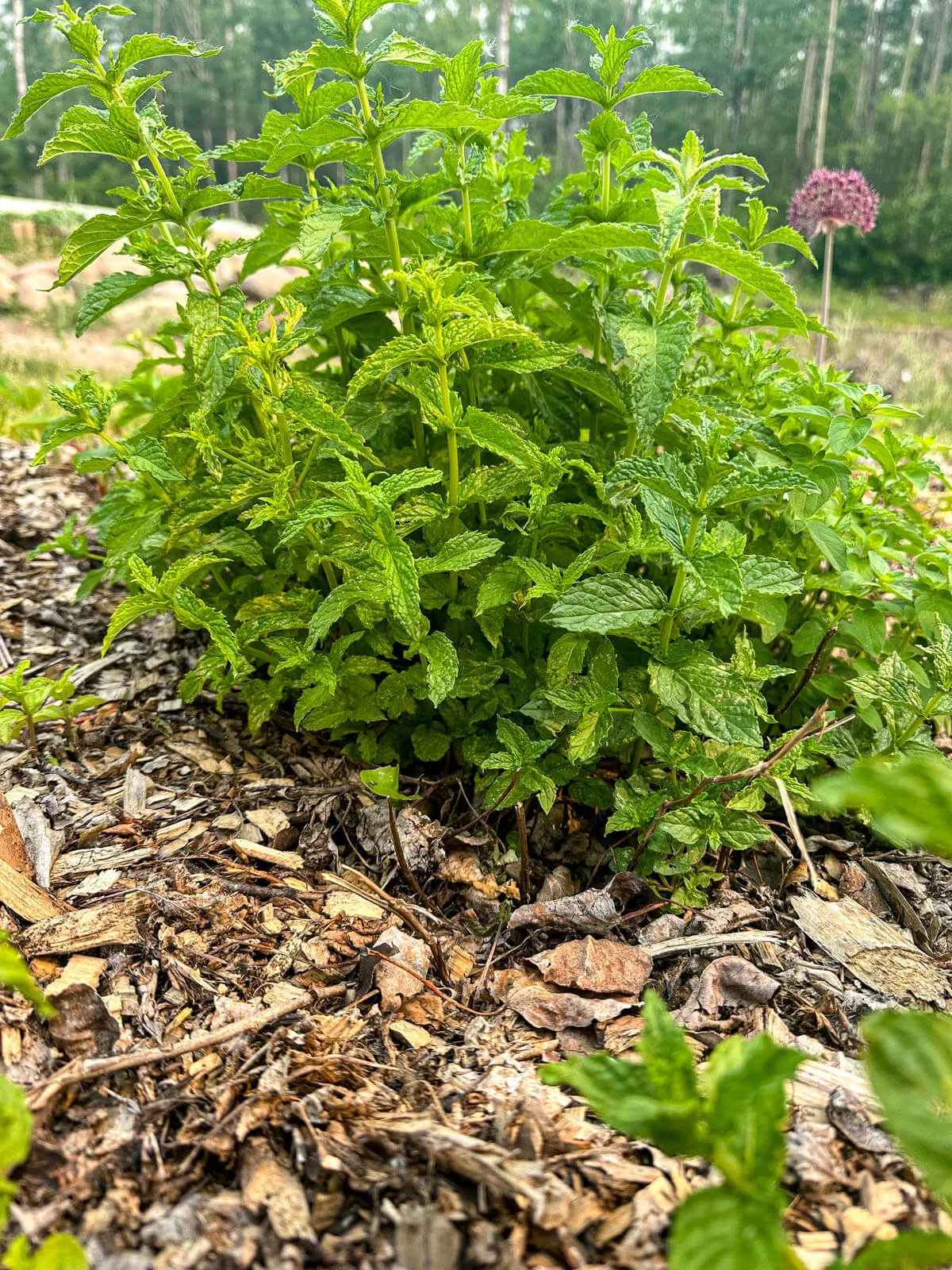
Can't Get Enough Companion Planting?
Notes From The Homestead Garden
While companion planting is not an exact science and results may vary, it's always worth experimenting with different plant combinations in your garden. Not only can it help to improve the health of your plants and increase yields, but it can also add visual interest to your garden as different plants grow and bloom together.
Aside from the plants mentioned above, there are many other potential companion plants for strawberries such as borage, tansy, and even dandelions. Do some research and see what other plants may work well with your strawberries in your specific climate and growing conditions.
And don't be afraid to try some unconventional pairings - you never know what kind of beneficial relationships may form between different plants in your garden.
Sources
Pin This Strawberry Companion Planting Guide!

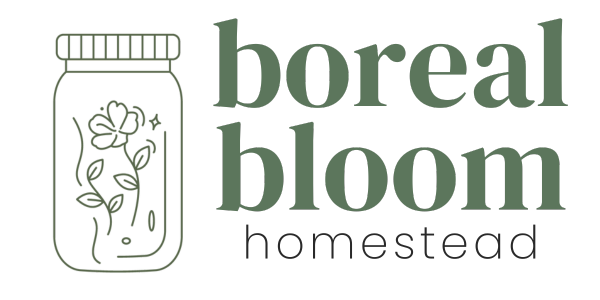
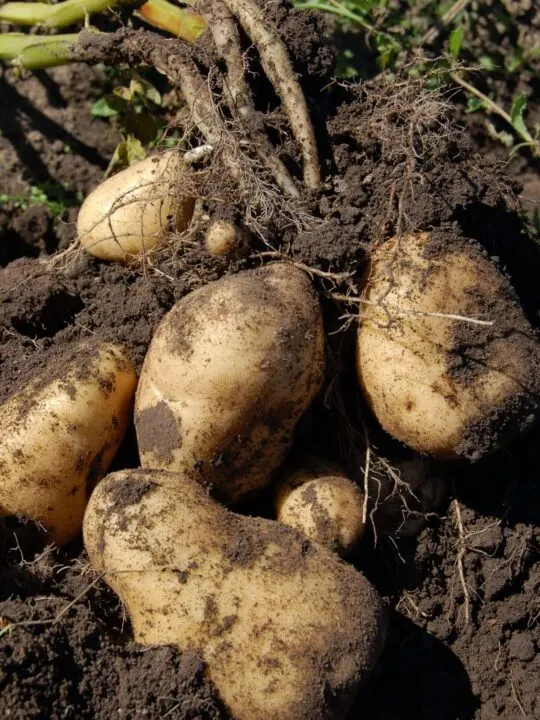


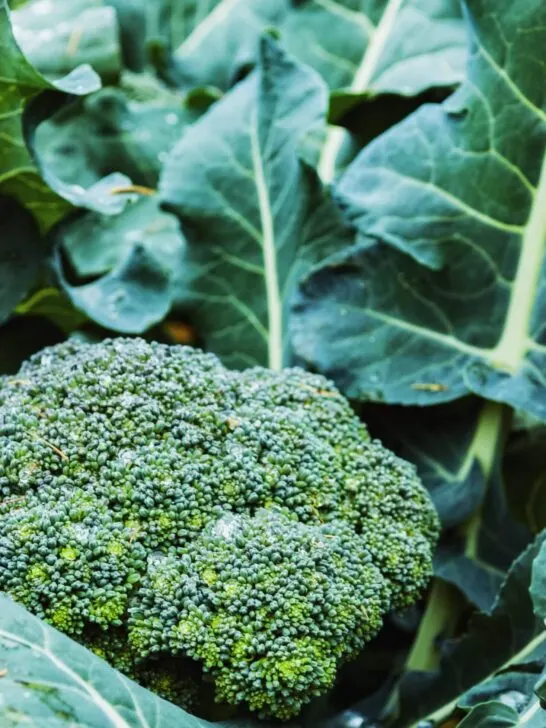
Grace
Friday 23rd of February 2024
Do you have an email list I could be on? Love your stuff! Thank you.
Ally
Monday 26th of February 2024
Hi Grace! That's high praise, thank you so much! On my homepage about half way down there is a little box that pops up and you can subscribe right there!